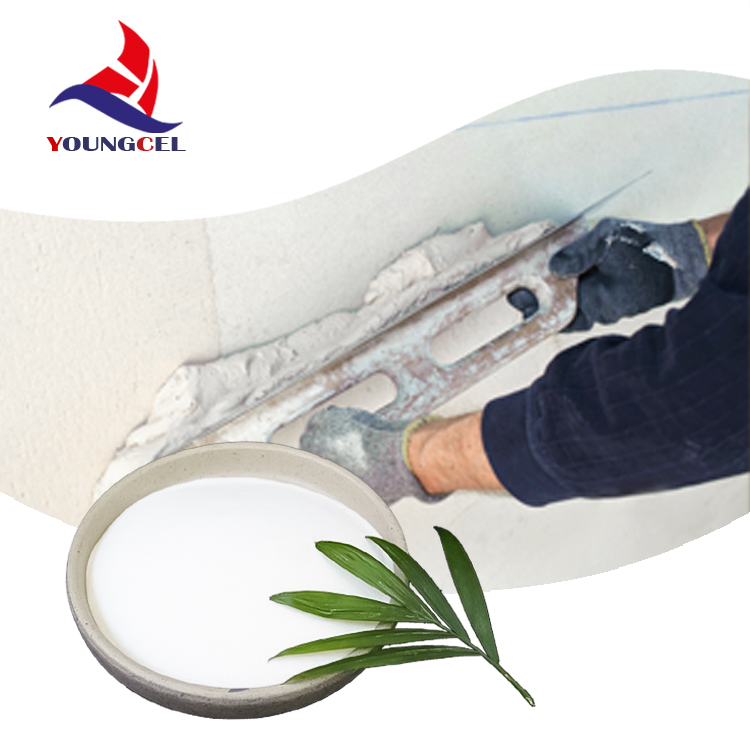The Role of HPMC in Chemical Adhesives
Hydroxypropyl Methylcellulose (HPMC) is a versatile chemical compound that has gained popularity in various industrial applications, including the formulation of adhesives. Known for its remarkable properties, HPMC serves as an essential ingredient in the development of reliable and effective adhesive formulations.
What is HPMC?
HPMC is a semi-synthetic polymer derived from cellulose, a natural compound found in the cell walls of plants. Through a series of chemical modifications, cellulose is transformed into HPMC, enhancing its solubility and functionality in various mediums. This adaptable polymer is widely used in industries such as construction, pharmaceuticals, food, and personal care, thanks to its excellent thickening, binding, and film-forming properties.
HPMC in Chemical Adhesives
The versatility of HPMC makes it an excellent candidate for use in chemical adhesives. As a thickener, HPMC improves the viscosity and workability of adhesive formulations, allowing for better application by providing a smooth and uniform texture. Its binding properties ensure a strong adhesion between various substrates, making it an ideal additive for both water-based and solvent-based adhesives.
One of the significant advantages of HPMC is its solubility in cold water. This property allows manufacturers to create adhesive formulations that do not require heating, making them safer and more energy-efficient to produce. HPMC provides a stable solution, preventing the separation of components in the adhesive mix, which can lead to inconsistent performance and quality.
Applications of HPMC-based Adhesives
chemic adhes hpmc

HPMC is commonly used in the production of tile adhesives, caulks, sealants, and construction adhesives. In tile adhesives, for instance, HPMC enhances the bond strength and workability, allowing for better adjustment and positioning of tiles during installation. The polymer also imparts water retention properties, which ensure that the adhesive remains workable for an extended period, crucial for large-scale projects.
In the realm of construction, HPMC-based adhesives are utilized in various applications, including drywall installation and flooring. They provide excellent bond strength and flexibility, accommodating the natural movement of building materials due to temperature fluctuations and humidity changes.
Environmental Considerations
With growing concerns regarding the environmental impact of adhesives, HPMC presents an eco-friendly alternative. As a plant-derived polymer, it is biodegradable, reducing the ecological footprint of adhesive formulations. Additionally, HPMC can be formulated into low-VOC (volatile organic compound) adhesives, contributing to better indoor air quality and aligning with sustainability goals.
Conclusion
The incorporation of HPMC into chemical adhesives reflects its vital role in enhancing performance and usability. Its unique properties, such as water solubility, excellent binding capabilities, and versatility, make it an indispensable component in various adhesive formulations. As industries continue to demand high-performing and environmentally friendly products, HPMC stands out as a key ingredient that meets these requirements.
As we look towards the future, innovations in adhesive technology will likely continue to leverage the benefits of HPMC, paving the way for more efficient, sustainable, and high-performing adhesive solutions. By prioritizing materials that offer both performance and sustainability, manufacturers can ensure that their products not only meet consumer demands but also support the broader goal of environmental stewardship.
-
The Application and Significance of Construction RdpNewsMay.19,2025
-
Industrial Grade HpmcNewsMay.19,2025
-
Building Coating Adhesive Building Coating Adhesive HpmcNewsMay.19,2025
-
Application Of Hpmc For Detergent For Detergent In DetergentsNewsMay.19,2025
-
Application Of Hpmc Cellulose In Cement-Based MaterialsNewsMay.19,2025
-
Application Of High Quality Hpmc For Construction In The Field Of ConstructionNewsMay.19,2025




